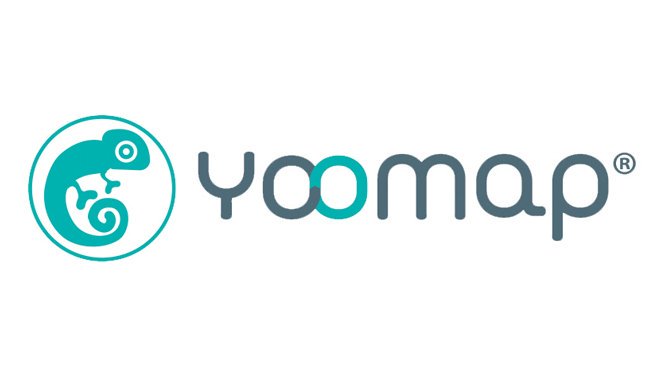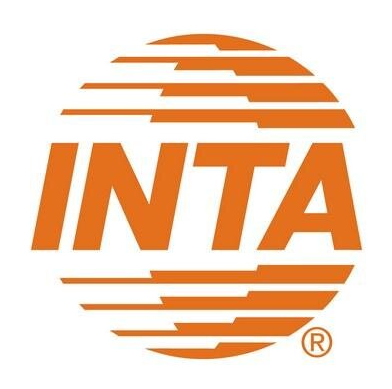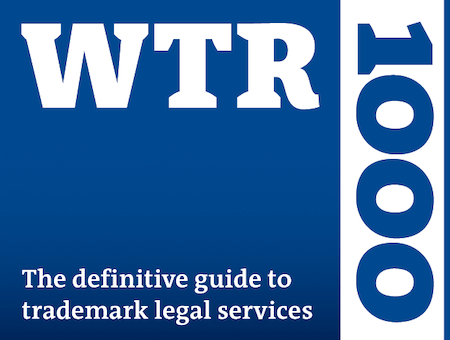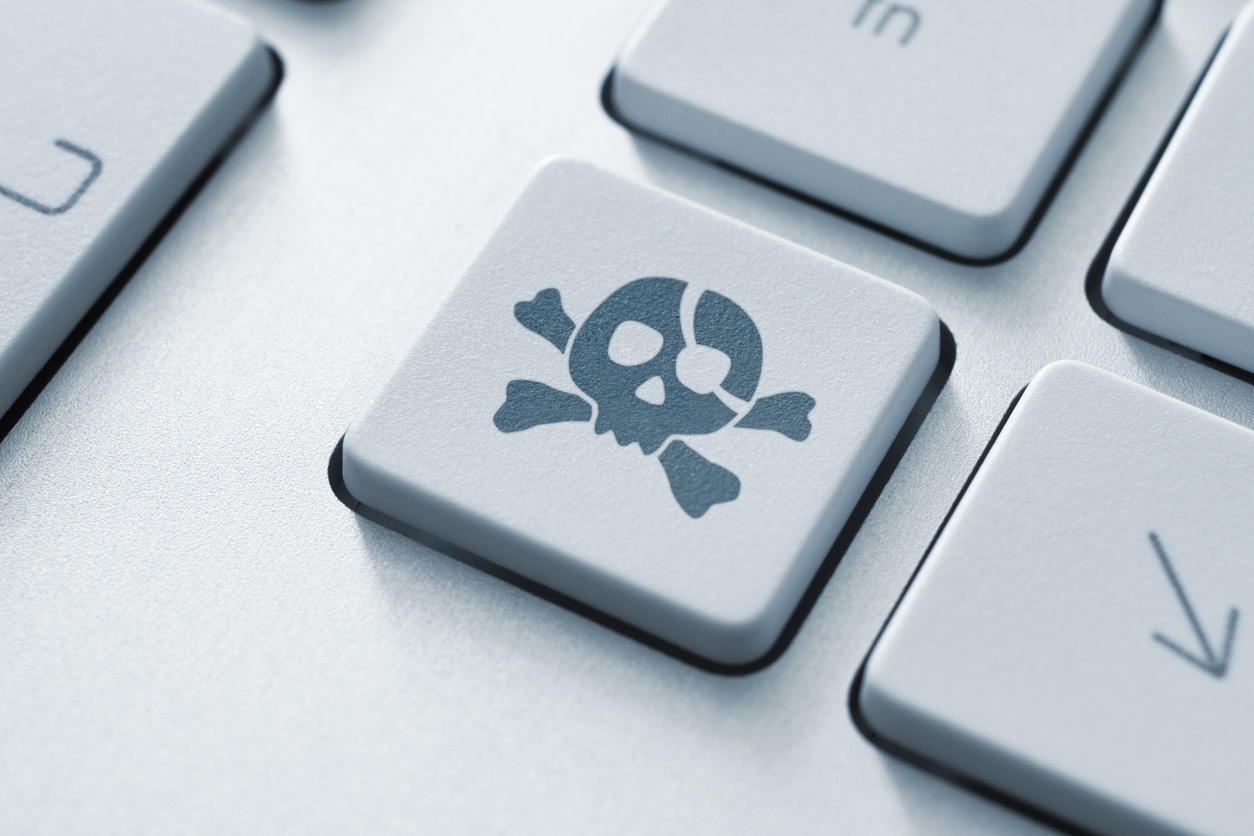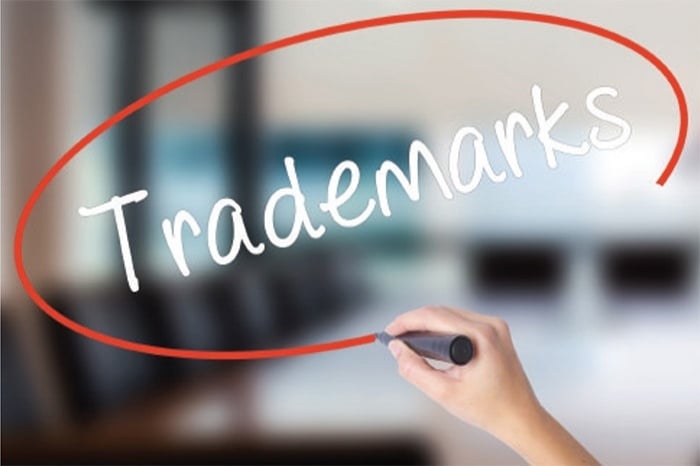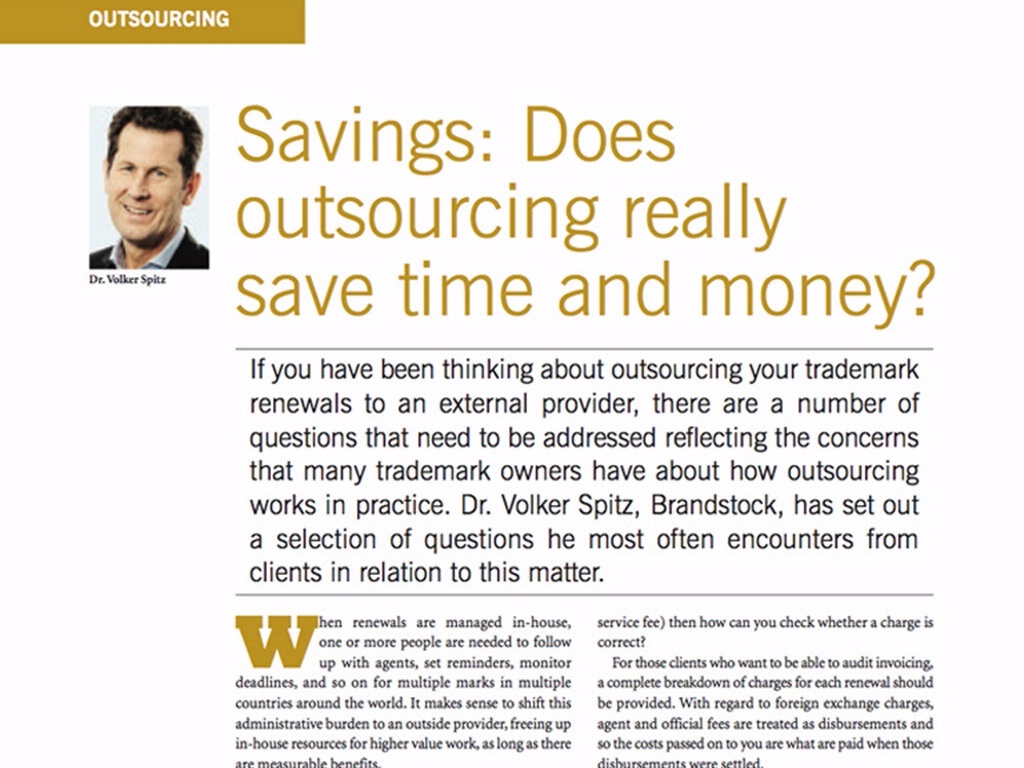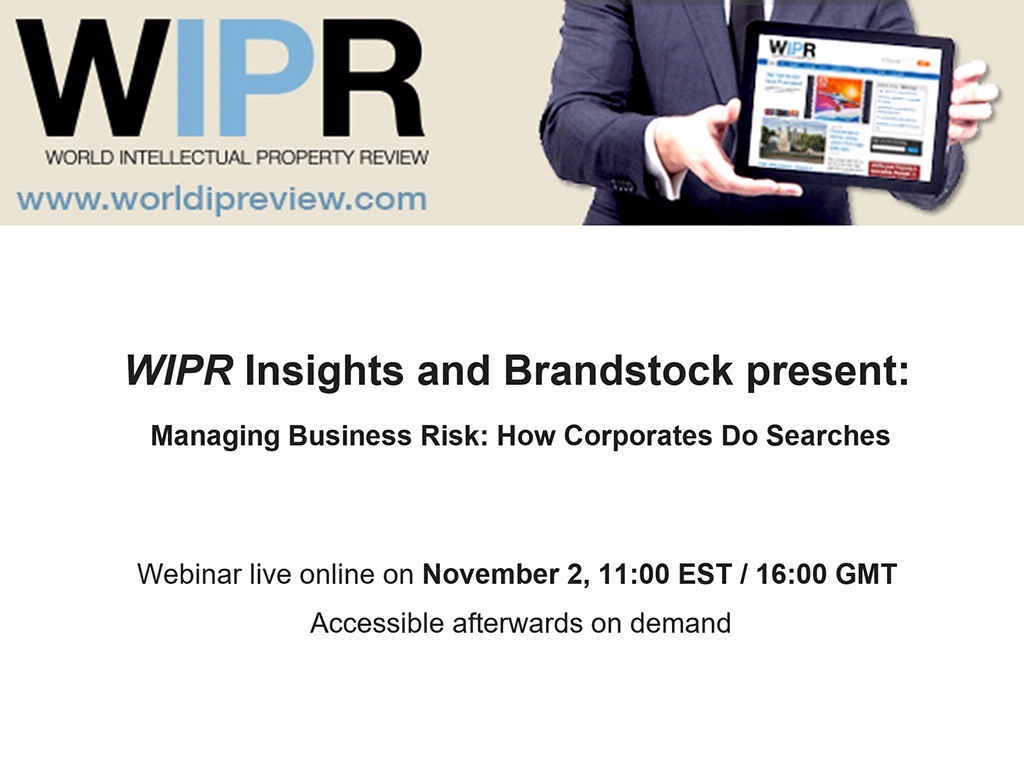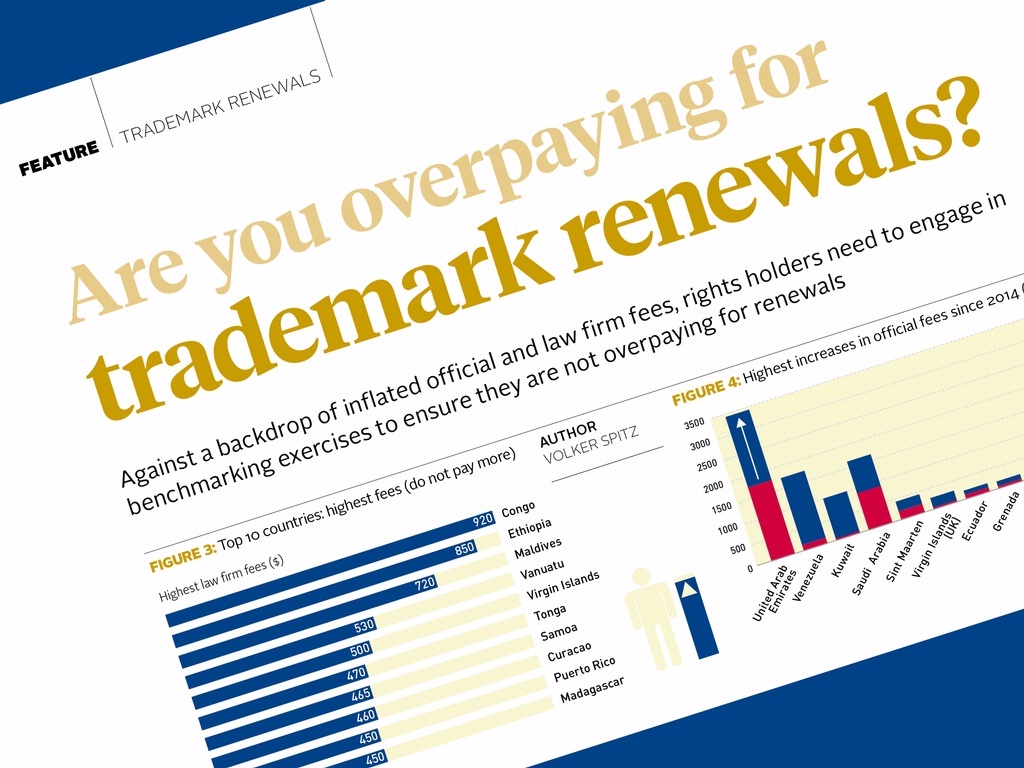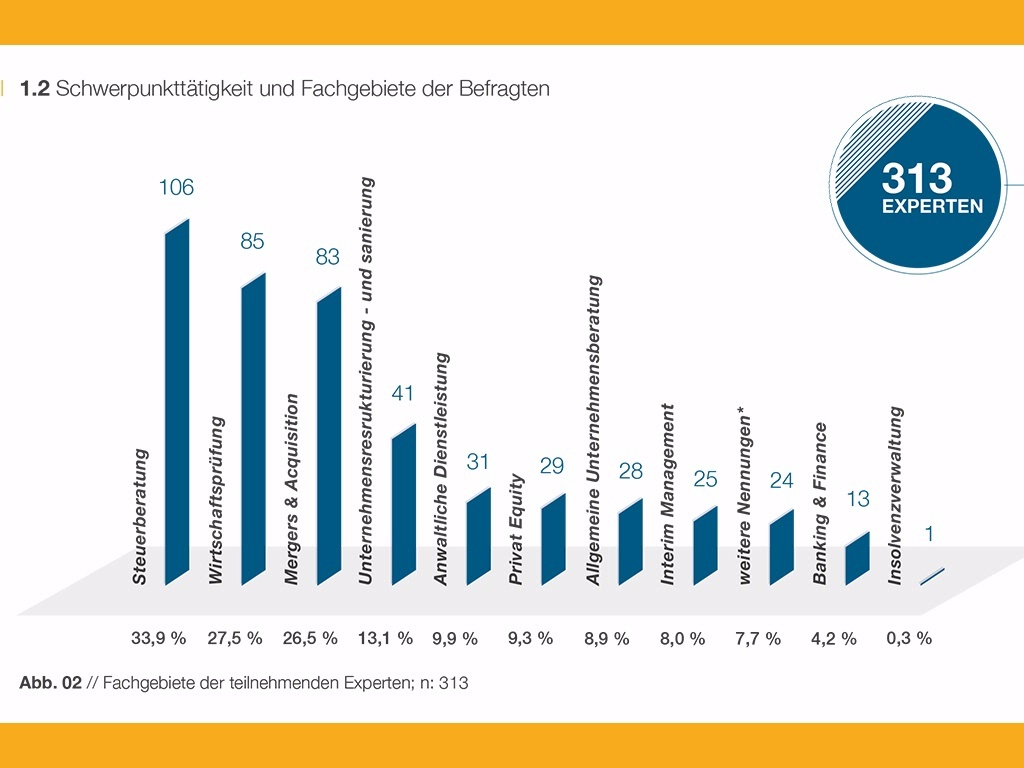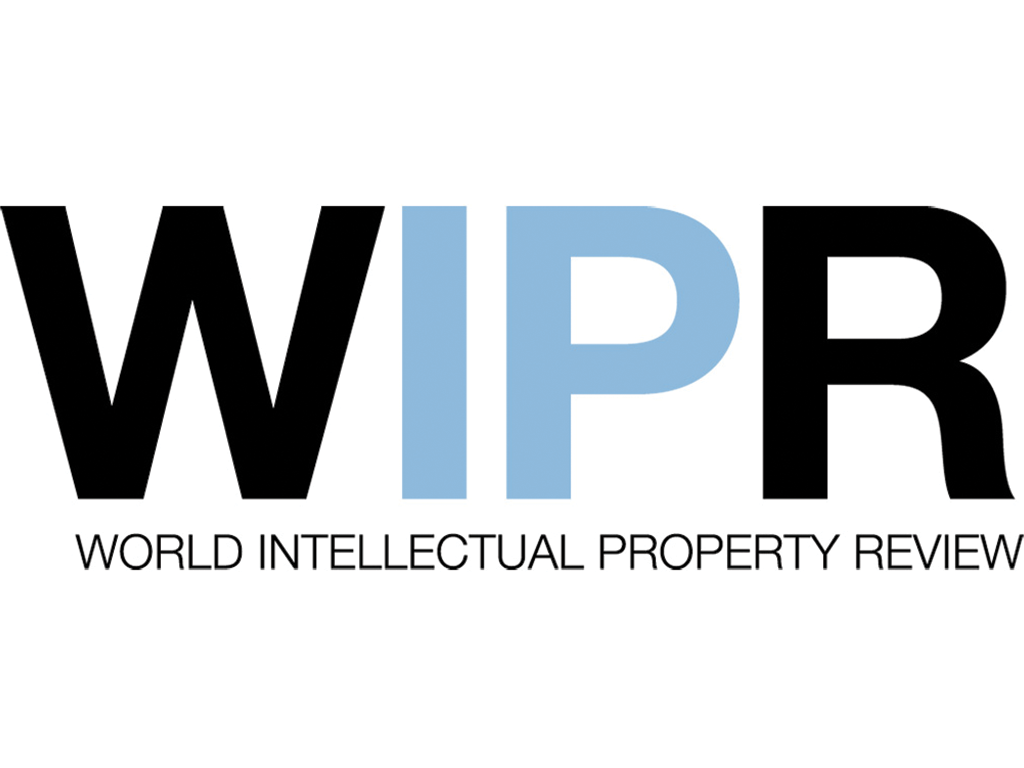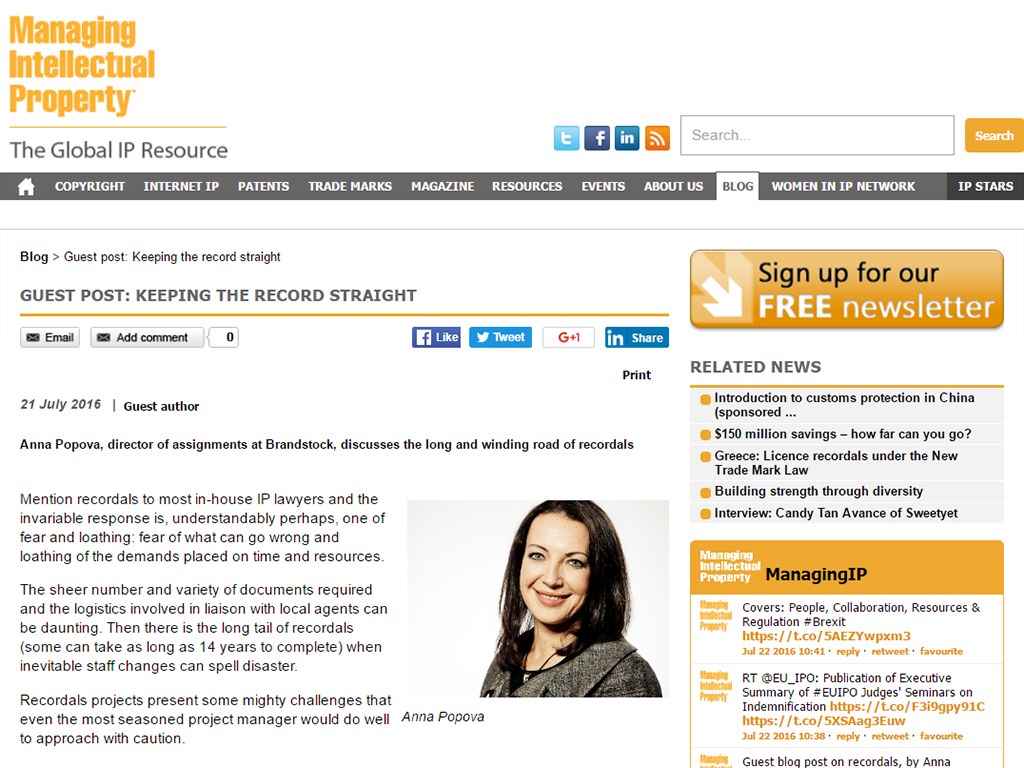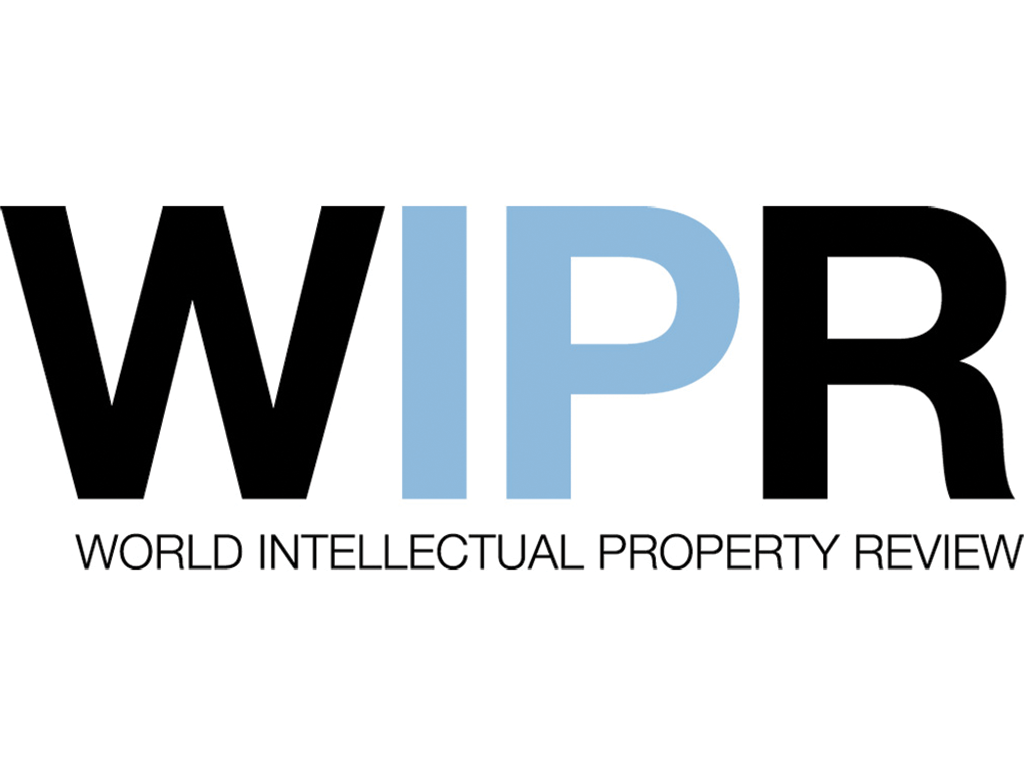With a new year comes new priorities.
One of the first this year should be to clean up your trademark docket and ensure you’re in the best-possible position to meet new challenges head on.
Of course, one of the most difficult things about any project of this nature is taking the first step! All businesses have a huge to-do list, and it can be all too easy to put off until tomorrow what you should be doing today.
That’s where Brandstock can help. We can work with you to ensure the process is painless, effective and speedy, to help you make your docket lean and clean in 2017!
Our Data Verification platform, coupled with our excellent data audit experts, mean you can be sure we will bring all our years of experience to bear to help you clean up your docket. We suggest a 5-step procedure to get the most out of the process.
Step 1: Priority definition
The first thing you need to do when cleaning up your docket is to prioritise the key weakspots in your portfolio.
- Identify your key territories and tease out any data quality issues
- Are there particular countries that cause you problems?
- Are particular brands causing more data quality issues than others?
- Have you acquired any new portfolios, and do these have particular challenges with data quality?
- Are all the goods and services correct for your trademarks?
- What else has changed? Are all ownership changes up to date; have you restructured you team?
- What resources will you need to clean up your docket?
Step 2: Data Audit
Once you understand the key pressure points, it may be appropriate to conduct a full data audit to more clearly identify the weakspots in your portfolio. How extensive this audit is depends on your willingness to assign budget and time to the endeavour.
However you decide to proceed, the key to the success of the project is careful planning.
- Full verification with local agents is the most fullproof, and also the most costly, option. You should do this if you think your data is likely to be really problematic, and you should also ensure you clearly identify the types of data you need to verify so that results are easily comparable across territories.
- At the other end of the cost scale, you can purchase data from a provider. This has the virtue of being considerably cheaper, but it also runs the risk of returning poor results, especially in countries where there is not online database of registrations. In our experience, accuracy for this kind of audit can be as low as 60%, which means you’ll need to review each record after you receive it. In short, purchasing data alone may well be a false economy.
- The third option is to combine the two approaches – using local agents for challenging territories where you suspect there are problems with the portfolio, and buying data for those territories where you have more confidence. You can also prioritise this activity by territory or brand to allow you to spread the cost over a longer time period.
Before you get started, you will need to export your data with its unique identifier from your document management system. It may also be worth doing an owner search to ensure you catch anything that may have been filed locally with incomplete instruction or due to an acquisition etc.
Again, you will need to assess whether this exercise is best conducted internally or by engaging an external provider.
Step 3 – Review and analysis
The first step after you’ve done your audit is to conduct a ‘sanity check’. Have a look at the results and check that the details are correct. Is there anything missing, for example where you don’t have a registration number but the record has a status of ‘registered’? Does the data make sense? Are the owners correct?
Once you’ve assessed the data, correct any errors or gaps either yourselves or by liaising with your local agents. If you can do the comparison electronically, by comparing the audit results with your initial data, that will speed up the process and make for a more robust result.
This ‘sanity check’ is crucial to the success of the project, which depends on the quality of that data available. External partners such as Brandstock can assist you with this process to ensure quality.
Step 4 – Take decisions
Once you’re happy with the data, you should use it to define the actions for your business.
Options include planning a recordal project to make sure all the ownership information is correct. This is a two-part process which involves correcting any wrong information but also putting procedures in place to make sure that in the future, everyone involved in the process is doing the right things. This will help you avoid inconsistent record keeping!
Alongside this, you should look at how you are sharing information; if you work with a renewals provider, make sure it is checking data before restructuring future renewals, since that could result in discrepancies that could put your portfolio at risk.
It is also a good idea to look again at your standard operating procedures or your manual for IP management system updates. Again, this is likely to avoid situations in which inconsistent record keeping threatens the performance of your portfolio.
Finally, but importantly, make sure that everyone in your organisation who needs to know about the results and any subsequent changes does actually know. Who are the stakeholders? Are they aware of what’s happening?
Step 5: Updating your docket
Now you’ve done all this work, you can start to reap the rewards! But unfortunately, you still have to actually get the clean data into your IP management system to update your docket.
This is the kind of job that can make people feel ill, but there are some things you can do to make the process less painful:
- Take a look at your owner module, and remove any duplicates while ensuring the owners you do have are correct. So often, data is made difficult because it becomes cluttered. Ensuring the owner module is clean will prevent you making a mess!
- Of course, you can do the actual updates the old-fashioned way, but inputing the new records one by one. However, you may well be able to automate some or all of this process, using your docketing software to conduct batch record updates for countries or using a unique identifier. This could save you months!
Time to clean your docket?
It is good practice for all companies to clean up their dockets from time to time. Whether you do this in-house depends on the size of your portfolio, your budget, and how long it is since you last did it! Even for smaller budgets, it may well make sense to consult an external service provider. Conducting these projects in-house inevitably means moving resources to the project that could be spent elsewhere, without necessarily ensuring the quality of the results. Though the price may be lower, it could end up costing you more. At Brandstock, this is our business. We know how to conduct these projects seamlessly and effectively, working with you to deliver the best outcome for your business.
Why not get in touch, and let us help you clean your docket this year!





